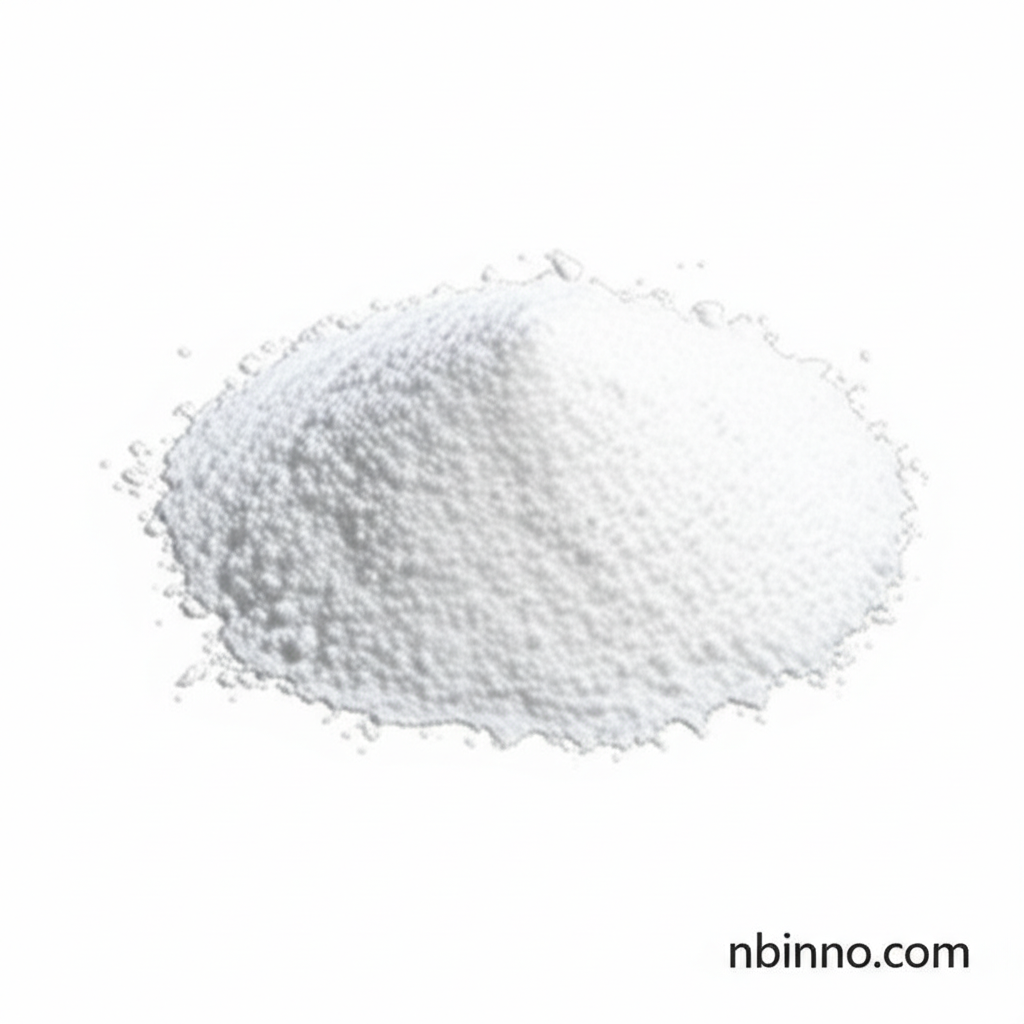Phenylboronic Acid-d5: A Deuterated Reagent for Advanced Organic Synthesis and NMR Applications
Explore the indispensable role of Phenylboronic Acid-d5 in modern chemical research, from its precise synthesis to its critical applications in creating complex molecules and enhancing analytical precision.
Get a Quote & SampleProduct Core Value

Phenylboronic Acid-d5
As a leading supplier in China, NINGBO INNO PHARMCHEM CO.,LTD. offers Phenylboronic Acid-d5, a vital deuterated analog of Phenylboronic Acid. This compound is instrumental in facilitating Suzuki coupling reactions, a cornerstone of modern organic synthesis for forming carbon-carbon bonds. Its high purity and specific isotopic labeling make it an exceptional choice for researchers seeking to understand complex reaction mechanisms or develop novel pharmaceutical intermediates.
- Utilize Phenylboronic Acid-d5 in Suzuki coupling reactions to efficiently construct new carbon-carbon bonds, crucial for synthesizing advanced organic molecules.
- Leverage the high purity of Phenylboronic Acid-d5 for reliable and reproducible results in your chemical synthesis projects.
- Incorporate this stable isotope labeled intermediate into your research to trace metabolic pathways or quantify target compounds in complex matrices.
- Employ Phenylboronic Acid-d5 as a valuable tool in NMR spectroscopy, benefiting from its deuterated nature to simplify spectral analysis and improve signal resolution.
Advantages Offered by Phenylboronic Acid-d5
Enhanced Reaction Specificity
The deuterium labeling in Phenylboronic Acid-d5 provides a unique advantage in organic synthesis, allowing for precise tracking and analysis of reaction intermediates and products.
Improved NMR Signal Clarity
As a key component in NMR spectroscopy, Phenylboronic Acid-d5 helps researchers achieve clearer spectra by minimizing proton signals, aiding in accurate structure elucidation.
Versatility in Chemical Applications
This compound's utility extends beyond Suzuki coupling, serving as a critical chemical intermediate for applications in bioconjugation and polymer chemistry, showcasing its broad applicability.
Key Applications
Organic Synthesis
Phenylboronic Acid-d5 is a fundamental building block in various synthetic pathways, particularly in the Suzuki coupling, enabling the creation of complex organic structures that are vital for drug discovery and materials science.
NMR Spectroscopy
Researchers utilize Phenylboronic Acid-d5 as a deuterated standard in Nuclear Magnetic Resonance spectroscopy, benefiting from its distinct spectral signature to identify and quantify compounds accurately.
Bioconjugation
The compound can be employed to label biomolecules such as proteins and nucleic acids, offering a unique tool for studying biological processes and developing diagnostic agents.
Polymer Chemistry
Phenylboronic Acid-d5 serves as a valuable monomer or cross-linker in the synthesis of advanced polymer materials, contributing to the development of new functional materials with tailored properties.
